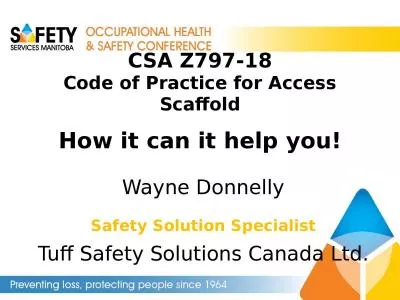PPT-Overview of the Evaluation of CSA 2010
Author : CherryPoppins | Published Date : 2022-07-28
Operational Model Test Daniel Blower December 5 2012 Overview of presentation Paul Green of UMTRI was the lead investigator Study evaluated the CSA 2010 pilot test
Presentation Embed Code
Download Presentation
Download Presentation The PPT/PDF document "Overview of the Evaluation of CSA 2010" is the property of its rightful owner. Permission is granted to download and print the materials on this website for personal, non-commercial use only, and to display it on your personal computer provided you do not modify the materials and that you retain all copyright notices contained in the materials. By downloading content from our website, you accept the terms of this agreement.
Overview of the Evaluation of CSA 2010: Transcript
Download Rules Of Document
"Overview of the Evaluation of CSA 2010"The content belongs to its owner. You may download and print it for personal use, without modification, and keep all copyright notices. By downloading, you agree to these terms.
Related Documents

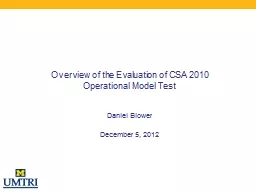
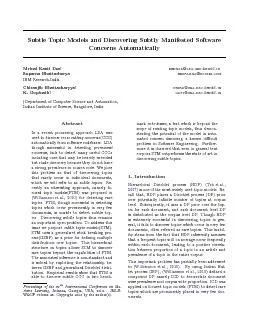

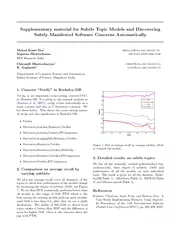




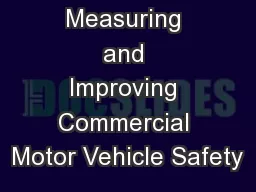
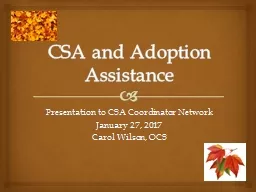

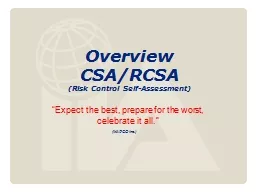
![Cisco 500-325 CSA Exam: Tips & Tricks to Ace the Exam [2023]](https://thumbs.docslides.com/1013854/cisco-500-325-csa-exam-tips-tricks-to-ace-the-exam-2023.jpg)
